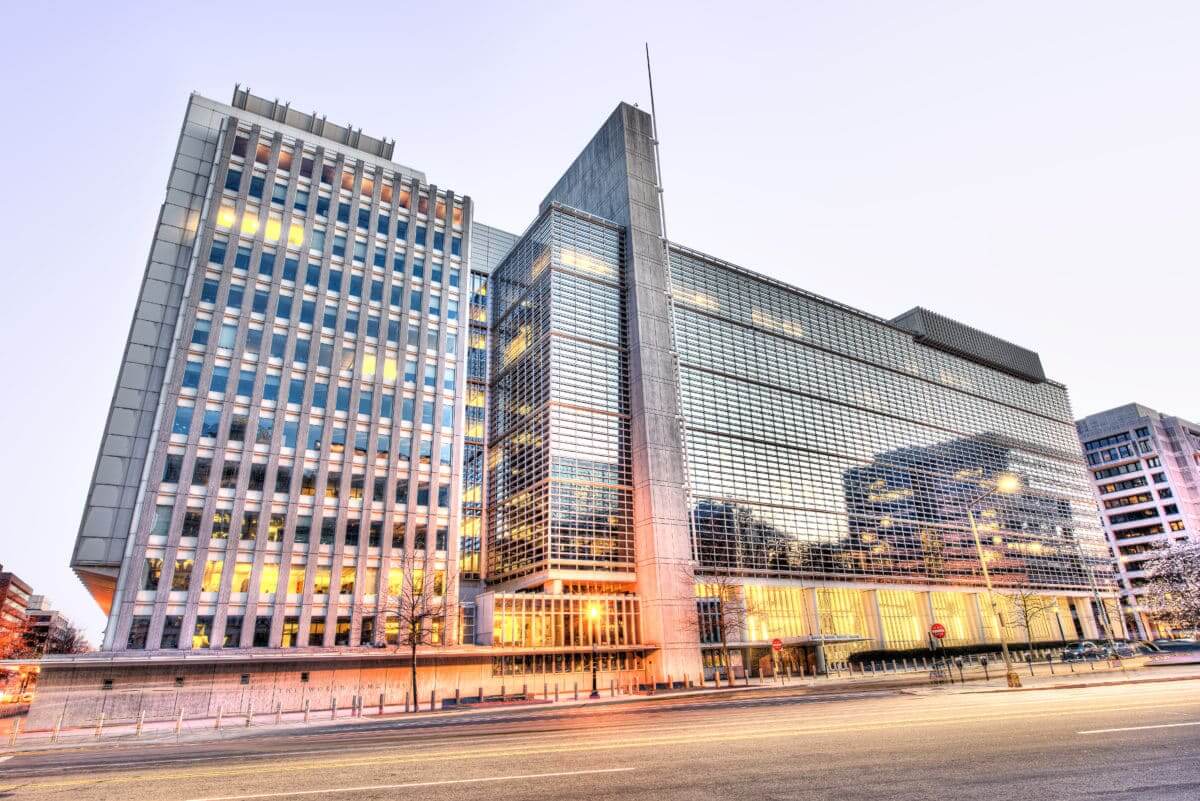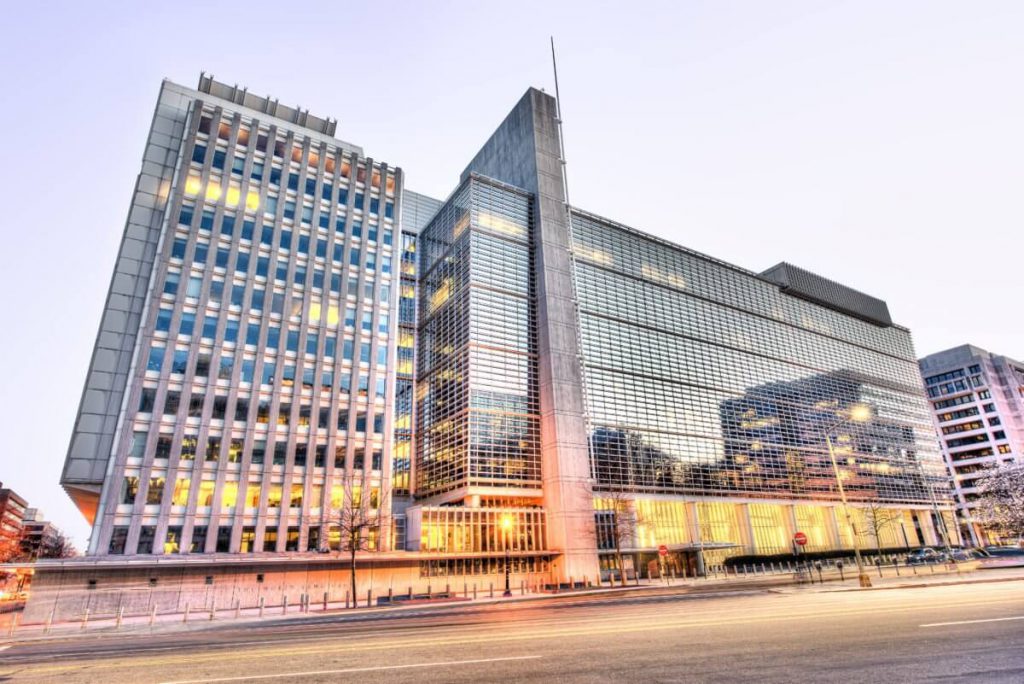
What is the World Bank – Everything You Need to Know
The World Bank is an international organization dedicated to financing developing countries; Research and advice to help them make economic progress. The Bank mainly operates as an organization; Which seeks to fight poverty for both middles- and low-income countries; Offering development assistance.
Currently, the World Bank has two stated goals that it plans to achieve by 2030. The first is the eradication of extreme poverty; By reducing the number of those people; Who live on less than $1.90 a day; Up to 3% of the world’s population. The second goal is to increase overall well-being; To grow revenue in the bottom 40% of all countries in the world.
The World Bank provides technical and financial assistance to individual countries worldwide. The Bank considers itself a unique financial institution; Which builds partnerships to reduce poverty and support economic development.
The World Bank provides low-interest loans to qualified governments; With zero-interest credits and grants. All this is to support the development of the individual economy. Cash inflows and debt loans contribute to healthcare, global education, public administration, private sector development, infrastructure. However, the World Bank also shares information with various stakeholders through policy research, advice, analysis, and technical assistance. Also, it offers advice and training to both the public and private sectors.
The World Bank Mission
The World Bank provides resources and funding to developing countries in health, education, public safety, and other necessities. In addition, organizations and governments often work with the World Bank to finance development projects.
In 2017, the World Bank released the Human Capital program. It aims to help countries invest; To develop people; To be productive citizens in their economy. In return, they will get a more robust economy with successful adults. Also, the Human Capital Project reflects how governments should invest; To promote and improve the development of children. In addition, it increases women’s access to better employment opportunities and economic growth.
In fact, the World Bank identified several areas: HCI, research, and country involvement to build human capital globally. The Human Capital Index created in 2018 summarizes the country’s investments in human capital, especially in health and education. The index is used to determine what is lost due to lack of investment in human capital; It also prompts leaders to think about how to address these shortcomings.
In addition to the analysis of human capital, the World Bank measures the effectiveness of the country’s education and health systems. This helps them figure out what needs to be continued and what needs to be changed. It can also provide information on where resources should be allocated. Country involvement requires state leaders and influencers to reduce poverty and increase common well-being.
The World Bank Projects
In April 2016, the World Bank approved Pakistan’s National Immunization Support Project. A project valued at $377.41 million aimed to increase the equal distribution of vaccines in children under 23 months of age. The project consists of five components designed to strengthen the distribution of vaccines to the most vulnerable in the country. The first component forms the governance structure;
Refers to monitoring, logistics, and evaluation systems. The second component involves performance planning and human resource adjustment. The third component increases awareness. The fourth component makes it possible to obtain the necessary equipment for the widespread distribution of vaccines. The fifth component includes expanding the scope of the program and enhancing field development.
The World Bank is more of an organization than a bank. Therefore, its financial condition is not comparable to traditional financial institutions. Various sectors operate within the organization: IBRD, IDA, IFC, and MIGA. The IBRD lends money to low- and middle-income creditworthy countries. IDA issues loans or interest-free loans to poorer countries. IFC is funding the private sector to help developing countries stay on the growth trajectory. MIGA addresses investments in the poorest countries to help reduce poverty. For the fiscal year 2020, the World Bank allocated $27,975.99 million in IBRD loans, $22,423.69 in loans; And $7,991.47 million in grants.
World Bank History
The World Bank was established in 1944 under the Bretton Woods Agreement. This agreement included the following components: the establishment of the World Bank, the collective international monetary system, and the creation of the International Monetary Fund. Since its inception, the World Bank and the International Monetary Fund have worked towards a common goal. To specify, the initial goals of the World Bank and the International Monetary Fund were to support countries in Europe and Asia; Who needed funding for further reconstruction of the war. The World Bank and the International Monetary Fund are headquartered in Washington. The World Bank currently has more than 10,000 employees; More than 130 offices worldwide.
However, this Bank is not a prototype of a traditional bank. The World Bank and its subsidiaries operate within their provisions. Develop proprietary financial aid products. The International Monetary Fund is more like a credit fund. Each entity also has several different responsibilities for serving the global economy. In fact, over the years, the World Bank has expanded. David Malpass is the head of the World Bank. The board of directors of the organization consists of four separate boards. Each board oversees its respective sector operations.


